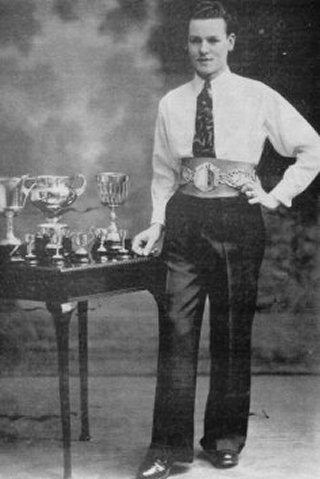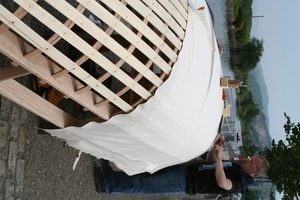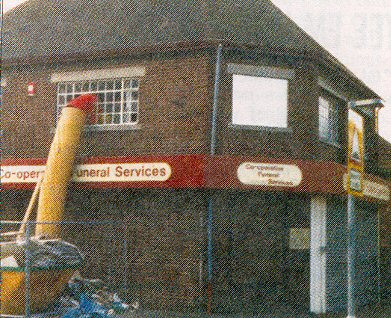Rosaleen Beattie shared her memories of rural life in South Armagh over six decades.
‘Most farmhouses were self-sufficient in past days, with milk cows, stores, calves, horses, pigs, a few sheep, goats, turkeys, geese, ducks, hens as well as a wide variety of crops. In summer the sound of mowing machines filled the air. The seed hay and corn harvest was tied in sheaves by the farmer, his family being helped out by willing neighbours.
The sheaves were stoked, the loose hay shaken out, turned until dry and built into ‘cocks’, all this done with pitchforks. Cocks of hay were moved using a ‘needle’, a long iron bar which was pushed through the bottom of the cock of hay with a rope over the top, allowing it to be pulled by a horse. Then the countryside had an aroma of new-mown hay, roses and honeysuckle.
People had pet names for their livestock, like Bob or Sampson for a horse, or Daisy or Betty for a cow. When an animal had to be sold there were mixed feelings; it was like parting from an old friend.
Most homes produced their own food, like butter, milk, potatoes, eggs, vegetables – and baked their own bread. There was always a large bag of flour in the kitchen. Churning was a weekly chore for the housewife. Many farmers also kept pigs for bacon and ham. Some groceries, like sugar, tea and paraffin oil were purchased at the local shop, with of course Sunlight soap for washing clothes and carbolic for washing oneself. Just mentioning it brings back its smell!
Homes were lit with candles and oil-lamps for there was no rural electricity until well into the middle of the twentieth century. Our big leap forward came with the ‘Alladin’ and ‘Tilly’ lamps in the 1930s. Later we had gas lights – with mantles – before we finally got electricity in the early 1960s. Houses and gate pillars were whitewashed every spring and the tops of the pillars were tarred, in the interests of hygiene. Most doors and half-doors were painted ‘Spanish Brown’ – a favourite colour of the day.
Barn dances were the thing, with the music of Bing Crosby, Harry Lauder – a popular music hall entertainer – Arthur Tracey, George Formby and John McCormack. Jimmy O’Dea the comedian was becoming very popular. Popular songs of my time included ‘Cod Liver Oil’, ‘Sweet Kitty Wells’, ‘Flower of Sweet Strabane’ and ‘Mountain Dew’. Our favourite pastimes included handball, skittles, bullets and marbles.


